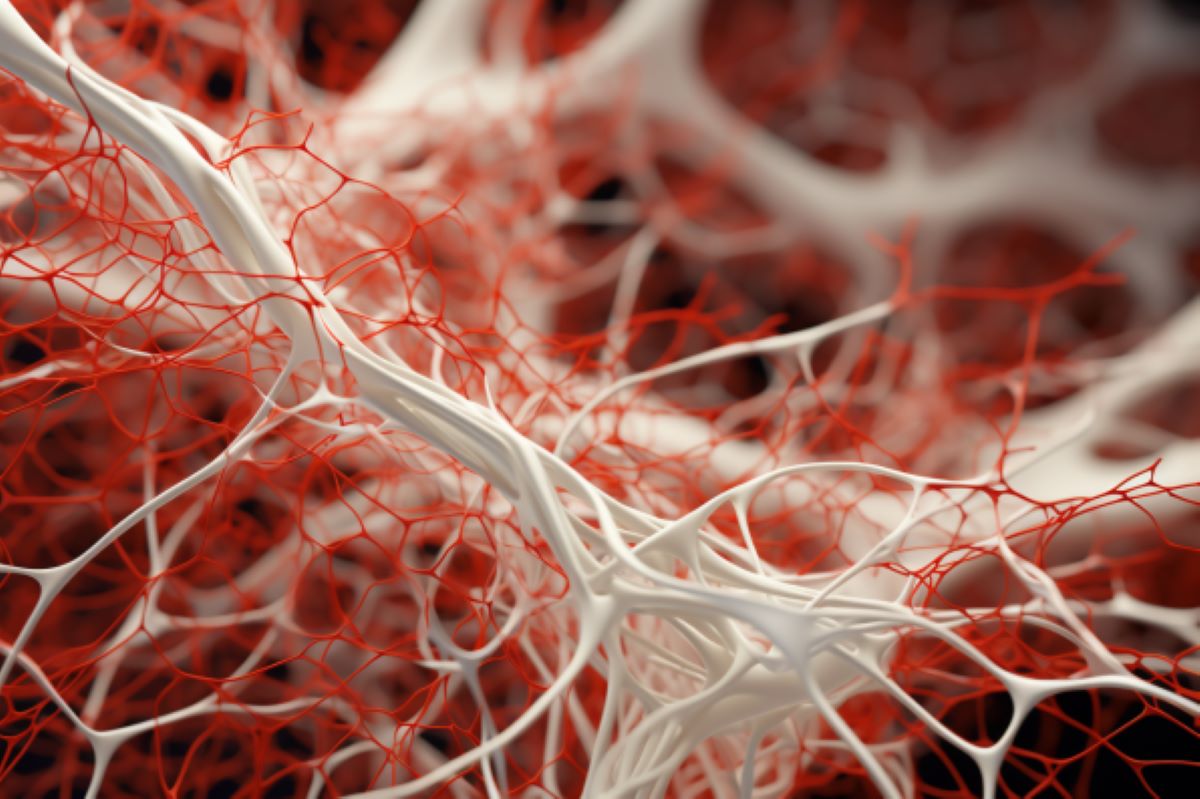Summary: Engineers have pioneered the 3D printing of nerve networks using “bioinks” packed with living neurons. This novel technique allows for the creation of 3D neural circuits that emulate the intricate connections seen in a living brain.
These bioprinted networks, bridging gray and white matter, exhibit spontaneous nerve activity and respond to stimuli. This advance opens avenues for deeper neurological research, from disease mechanisms to drug effects on the nervous system.
Key Facts:
- The researchers utilized two distinct bioinks: one teeming with living cells and the other without, replicating the brain’s gray and white matter arrangement.
- The resulting 3D neural structures exhibited genuine connections, with neurites forming links between different cortex layers—much like a living brain.
- The 3D bioprinted nerve networks displayed spontaneous electrical activity, marking a major stride in neuroscience and bioprinting realms.
Source: Monash University
Monash University Engineering researchers have successfully used “bioinks” containing living nerve cells (neurons) to print 3D nerve networks that can grow in the laboratory and transmit and respond to nerve signals.
The technology has been published in Advanced Healthcare Materials.

Using a tissue engineering approach, and bioprinting with two bioinks containing living cells and non-cell materials respectively, the researchers were able to mimic the arrangement of gray matter and white matter seen in the brain.
Professor John Forsythe of the Department of Materials Science and Engineering, who is leading the research, said while two-dimensional nerve cell cultures have previously been used to study the formation of nerve networks and disease mechanisms, those relatively flat structures don’t reflect the way neurons grow and interact with their surroundings.
“The networks grown in this research closely replicated the 3D nature of circuits in a living brain, where nerve cells extend processes called neurites to form connections between different layers of the cortex,” said Professor Forsythe.
“We found that the projections growing from neurons in the printed ‘gray matter’ or cellular layer readily grew through the ‘white matter’ layer and used it as a ‘highway’ to communicate with neurons in other layers.
“Not only were we able to construct a basic layout similar to what we see in regions of the brain, we found that the neurons actually behaved and performed in a similar manner.”
Sensitive electrophysiological measurements confirmed spontaneous nerve-like activity taking place in the 3D neuronal networks in addition to responses evoked by electrical and drug stimulation.
The presence of detectable electrical activity in tissue engineered 3D networks represents a significant step forward in the field of neuroscience and bioprinting.
Bioprinted 3D neural networks are likely to be a promising platform for studying how nerves and nerve networks form and grow, investigating how some diseases affect neurotransmission, and screening drugs for their effects on nerve cells and the nervous system.
About this neurotech research news
Author: Yue Yao
Source: Monash University
Contact: Yue Yao – Monash University
Image: The image is credited to Neuroscience News
Original Research: Open access.
“3D Functional Neuronal Networks in Free‐Standing Bioprinted Hydrogel Constructs” by Yue Yao et al. Advanced Healthcare Materials
Abstract
3D Functional Neuronal Networks in Free‐Standing Bioprinted Hydrogel Constructs
The composition, elasticity, and organization of the extracellular matrix within the central nervous system contribute to the architecture and function of the brain. From an in vitro modeling perspective, soft biomaterials are needed to mimic the 3D neural microenvironments.
While many studies have investigated 3D culture and neural network formation in bulk hydrogel systems, these approaches have limited ability to position cells to mimic sophisticated brain architectures. In this study, cortical neurons and astrocytes acutely isolated from the brains of rats are bioprinted in a hydrogel to form 3D neuronal constructs.
Successful bioprinting of cellular and acellular strands in a multi-bioink approach allows the subsequent formation of gray- and white-matter tracts reminiscent of cortical structures. Immunohistochemistry shows the formation of dense, 3D axon networks. Calcium signaling and extracellular electrophysiology in these 3D neuronal networks confirm spontaneous activity in addition to evoked activities under pharmacological and electrical stimulation.
The system and bioprinting approaches are capable of fabricating soft, free-standing neuronal structures of different bioink and cell types with high resolution and throughput, which provide a promising platform for understanding fundamental questions of neural networks, engineering neuromorphic circuits, and for in vitro drug screening.







